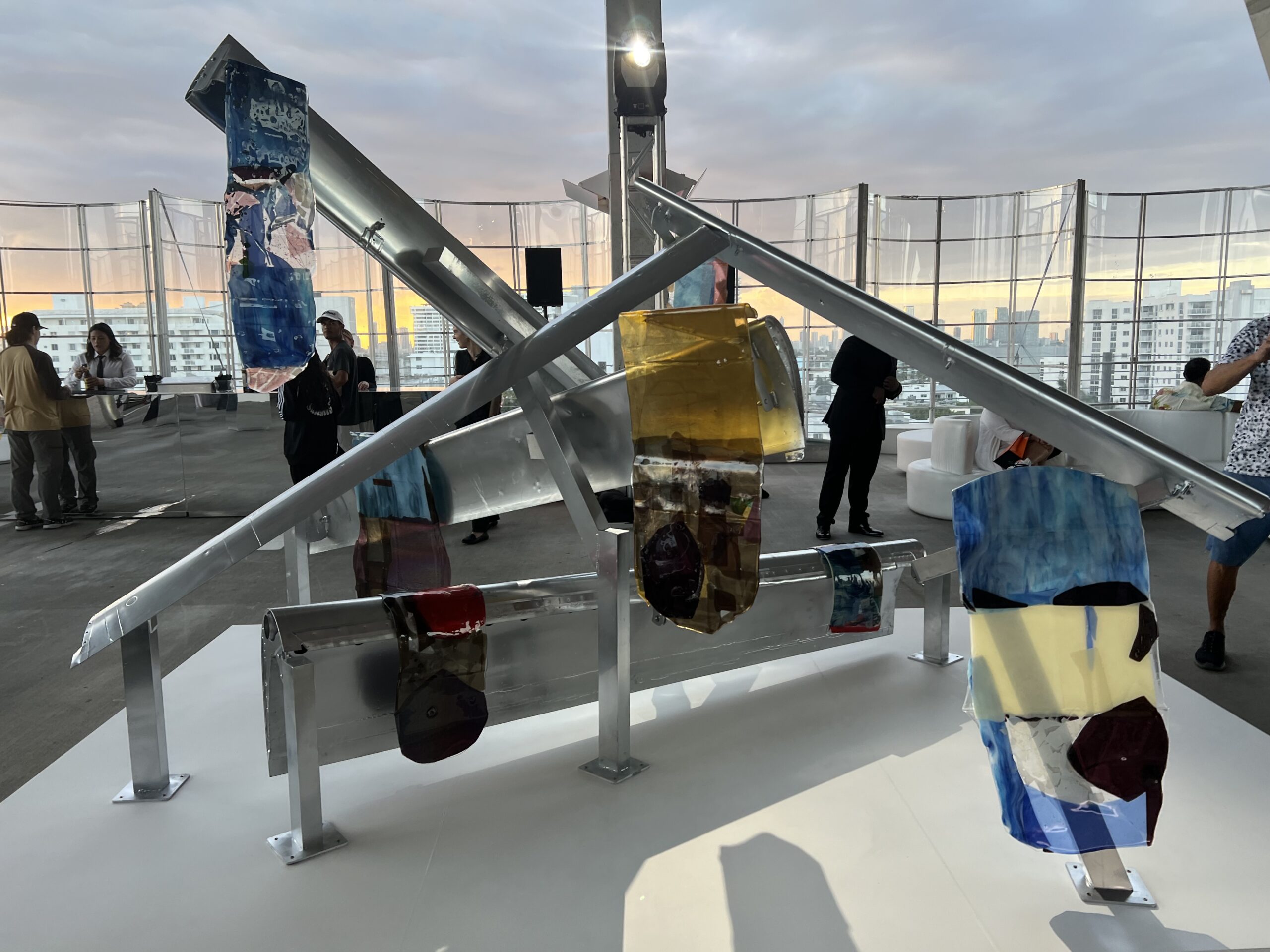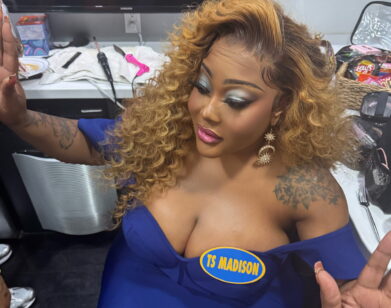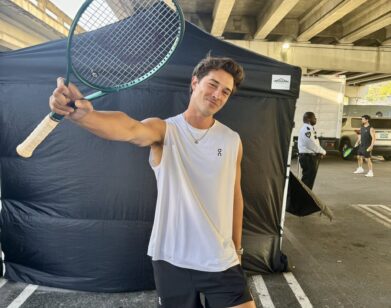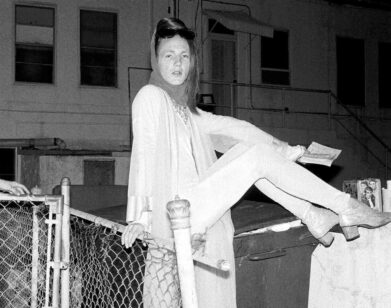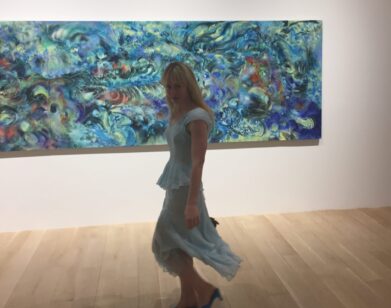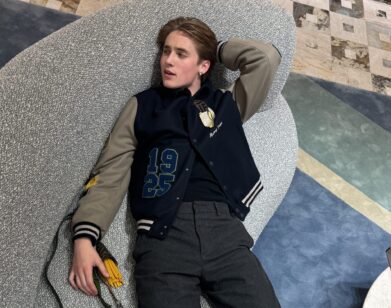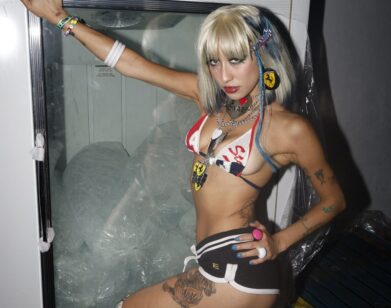ART WEEK
Jillian Mayer on Plane Parts, Public Art, and Britney Spears Techno
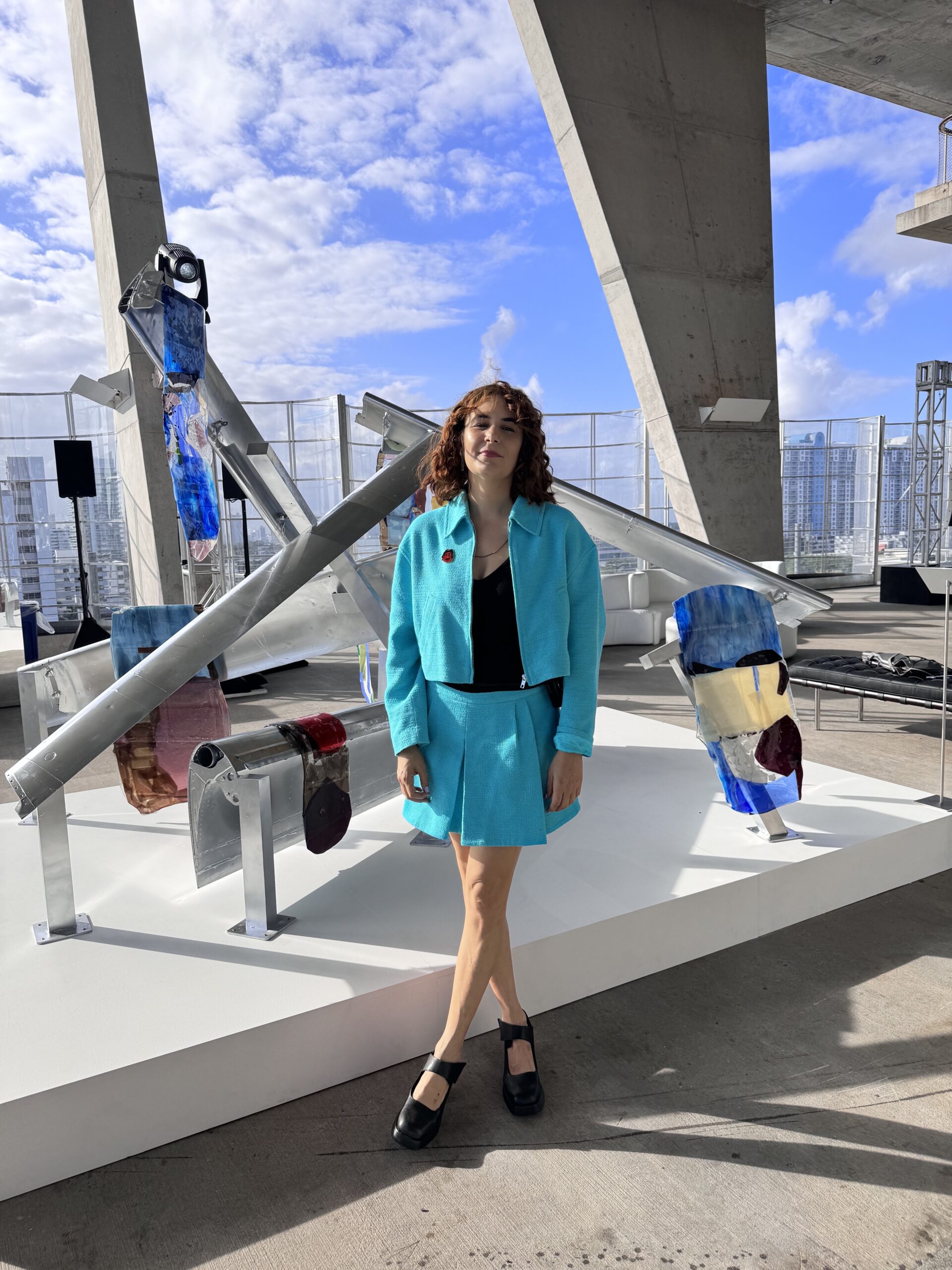
Earlier this year, Delta commissioned a group of Miami-based artists to craft sculptures from decommissioned plane parts to be shown in a 7th floor open-air gallery in South Beach during Art Week 2023. To find out more, our senior editor spoke to the Florida-based multidisciplinary artist Jillian Mayer, who had a few thoughts on relational aesthetics, airplane windows, and the music at Miami Basel events.
———
TAYLORE SCARABELLI: I love your outfit. Are you hot?
JILLIAN MAYER: I’m not, but I live in Florida.
SCARABELLI: I’m sweating, but I just power-walked over here. Miami is so crazy. It’s like a video game to me.
MAYER: I look at it like, “It’s sinking, get it while you can.”
SCARABELLI: Yeah.
MAYER: The way I describe Miami is it’s sort of a period of time, not really a location. I’m from here and I’m based here but it’s still a sort of a mirage. And this space in particular is very much so. The people that built this building, they reside on the top floor and there’s this beautiful garden that goes to the edge and it looks like it’s a garden to nowhere. You just see the skyline.
SCARABELLI: That’s amazing. I guess it’s always kind of hectic here, but for art week it’s just…disturbing.
MAYER: A lot of locals used to have this discussion on if you hate Art Week or not, but I love it because I think this is the one time where the majority of the people care about art to some degree. And people from all over get to hang out and have discussions about it.
SCARABELLI: Speaking of discussions, I was walking by a talk in the back of some fancy hotel last night, and the person was very much abusing the language of capitalist critique that we’re used to reading in think pieces and things like that. I was like, “This feels so off to me.” Especially given the amount of capital flowing in and out the city this week.
MAYER: Right. It’s great that there are artists that choose to make really political art. But we still have to think about who’s buying it. Or which museums are funded by whom. Many people collect work as a means of hand washing or as a virtue signal. But I do think that art should exist and I wish that our government had a better way of supporting it, and perhaps more relational aesthetics, or community-based art would be at the top of that list.
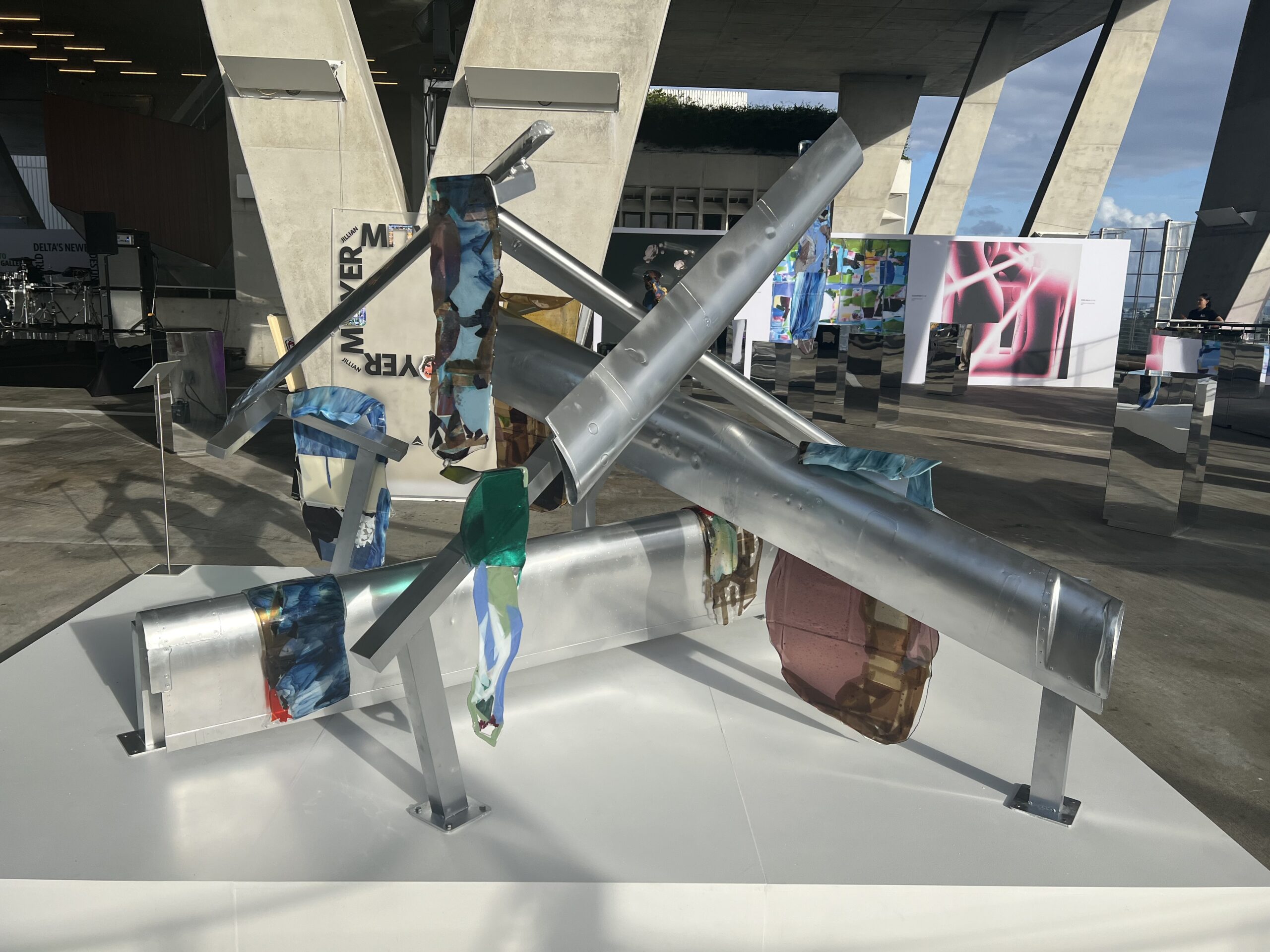
SCARABELLI: Yeah.
MAYER: I also do public art projects. And it’s a totally different experience. It feels a bit more commercial because you’re adhering to many email gods and regulations. But at least a larger group of people gets to see them. A lot of the work that I’ve done over the years has spanned different mediums and different platforms, from institutions to just online stuff. And I like that because it’s able to reach people that aren’t just going to the art fair or just have the ability to take off the day to go to the museum.
SCARABELLI: Yeah. So, when Delta approached you for this, what parameters did they give you?
MAYER: So after Delta reached out we were invited to accept an invitation to go to the boneyard in Arkansas where they keep all the decommissioned planes.
SCARABELLI: Oh, wow.
MAYER: It was this in the middle of nowhere in Arkansas, or at least the middle of nowhere according to me. There were just all of these planes lined up, and we were just lurking around, walking in and out of planes, and seeing what pieces spoke to us. I found a cone tail, which is that tent looking piece at the tail of the plane. I was really inspired by it and wanted to make a secret little world in there, taking the idea of what VIP is and how you get more and more isolated the more wealth you have. Like what if it was just you and the cone of a plane, devoid of all human contact?
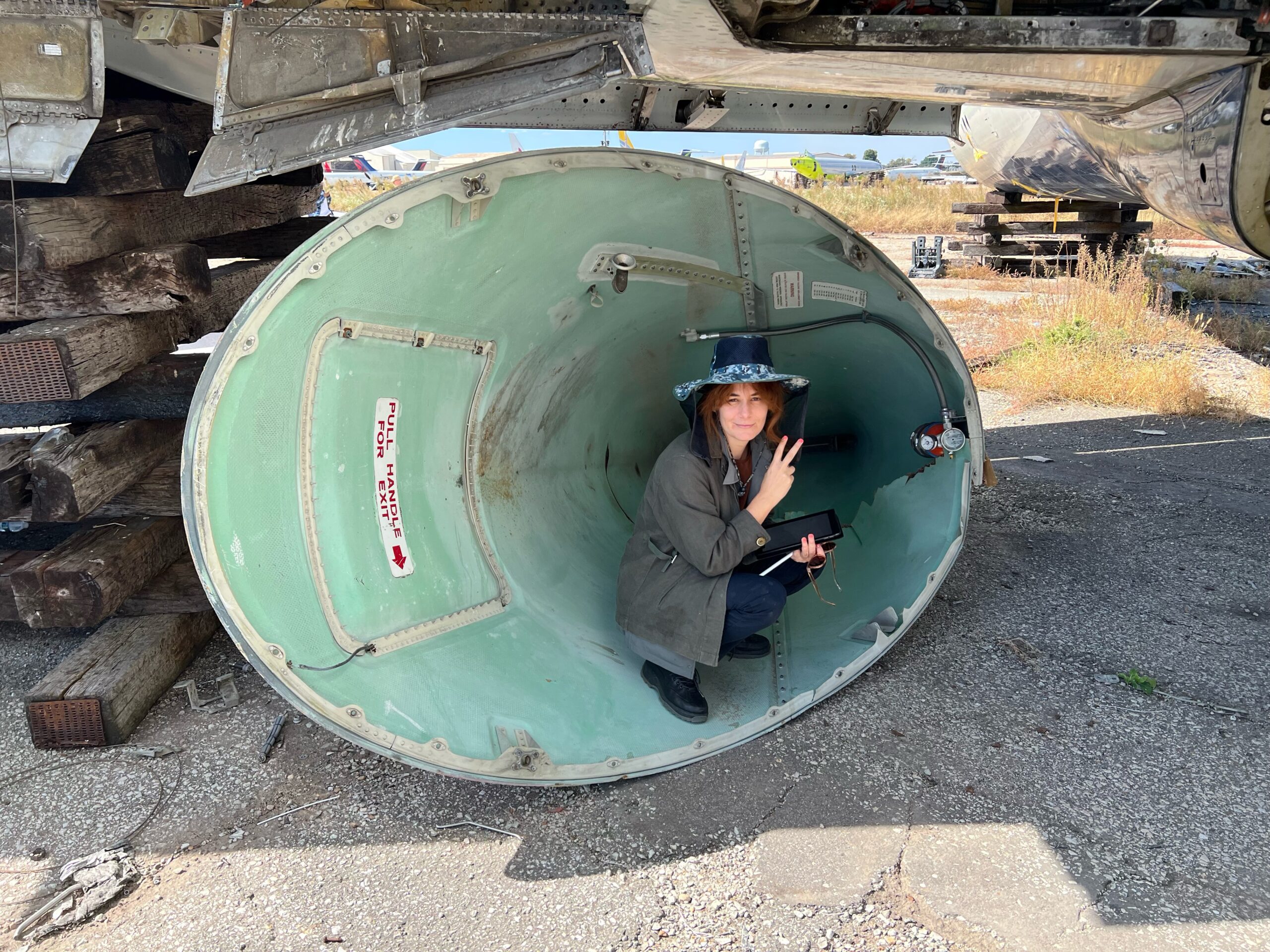
SCARABELLI: Right.
MAYER: But then, as I started thinking about my larger practice, and what I could get done in time with the budget and my other projects during Art Week, I was like, “Wait, there’s these other pieces that are the flaps on the wings,” these pieces right here, those little ones that go up and down, that seem to be closer in line with some sketches I had already made of some dream sculptures that I wanted to create, which were going to be metal apparatuses holding slumped glass.
SCARABELLI: And then, can you tell me about the glass pieces here?
MAYER: Yeah, so the glass pieces were all handmade by me in a kiln.
SCARABELLI: Beautiful.
MAYER: Thanks. This is called fused glass. Essentially it’s collage that’s heated in a kiln, that is then formed into one six millimeter plane. I mess with it by doing this style of shape making called slumping, which is funny, because I also have a slumpy body of work.
SCARABELLI: Okay.
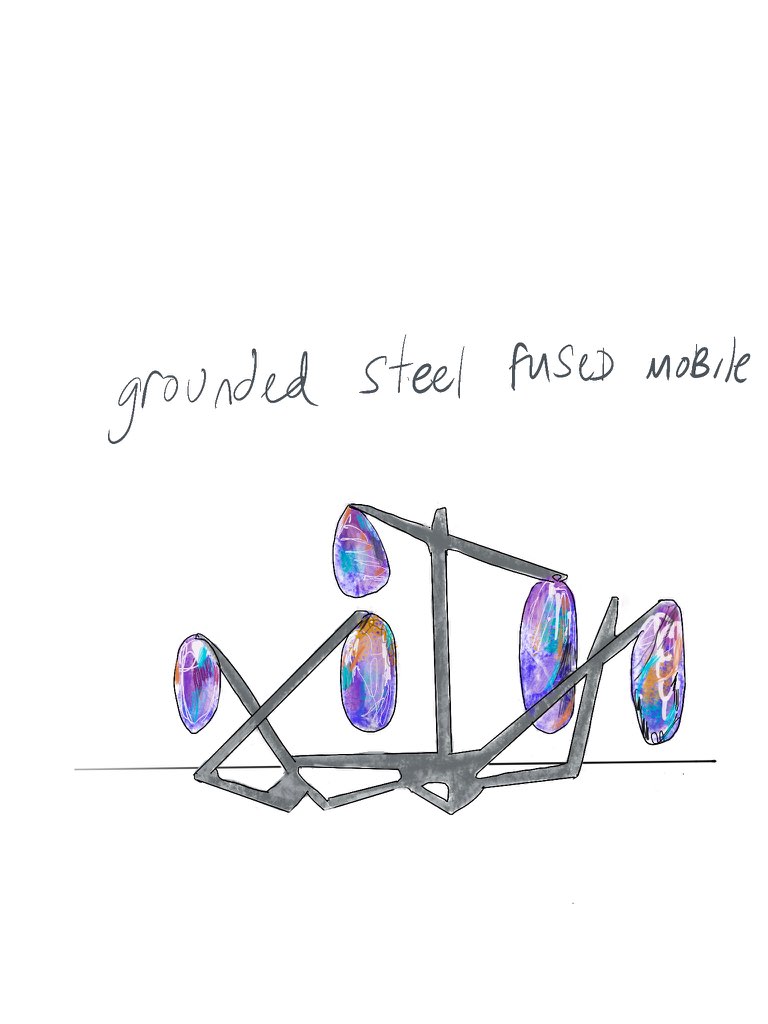
MAYER: I wanted the work to be kind of limitless and surreal. When we’re on planes, we’re often drawn to look out the window. And it becomes this abstraction, depending on the height. So, I thought to pull in some of the more abstract styles that I’m working with, the décollage look, and play with the transparency and the obscurity of the different types of glass that are offered to glassmakers. This is all from Bullseye Glass. And they’re all individually made in the kiln. They’re pretty heavy. The bigger ones are about 30 pounds.
SCARABELLI: Oh, wow. What is the piece called?
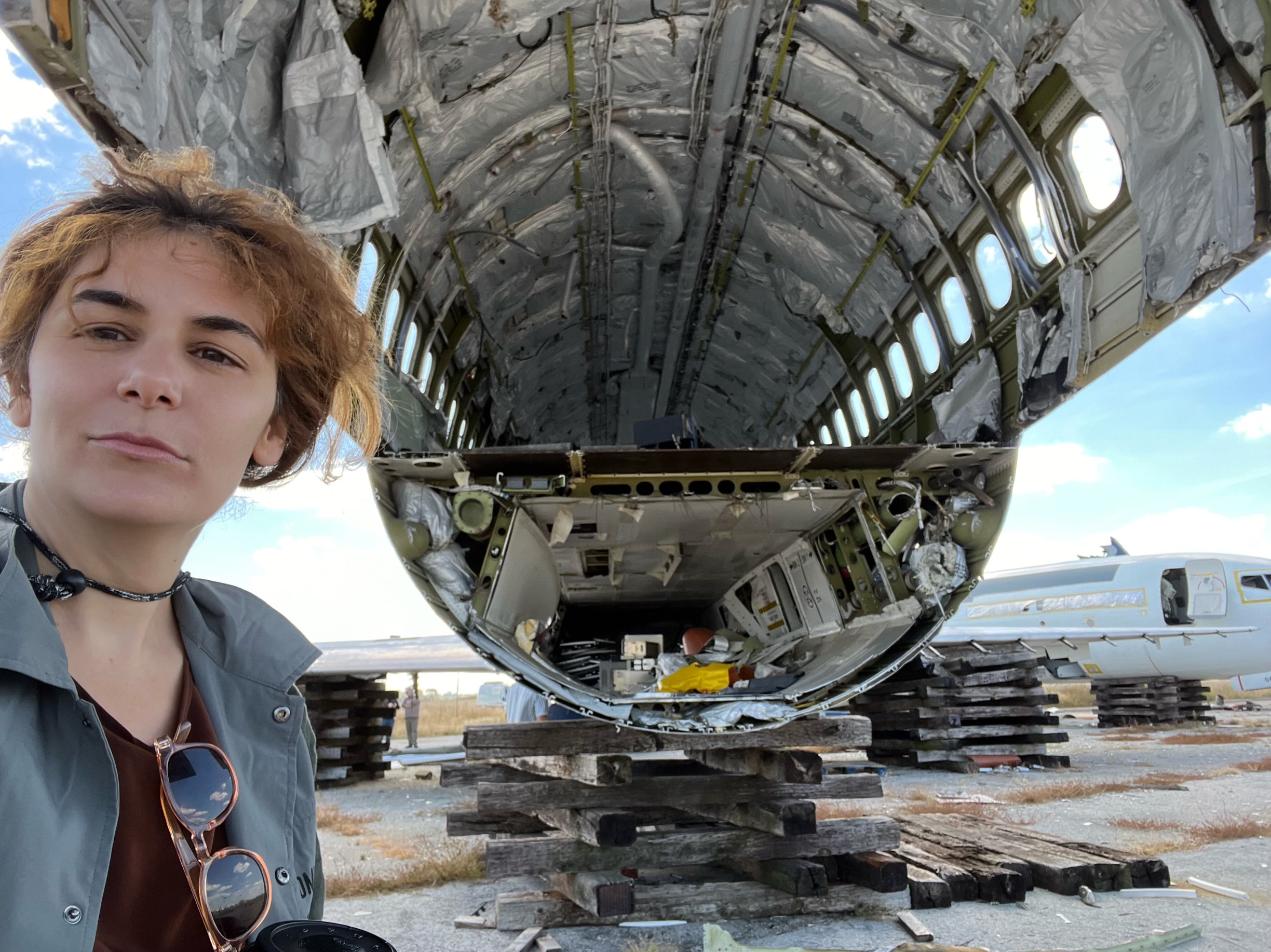
MAYER: “Glass Plane.”
SCARABELLI: [Laughs] Yeah, yeah, yeah.
MAYER: I like jokes. [Laughs] I hope this isn’t the music all night.
SCARABELLI: Oh, my god. It’s this music everywhere all the time.
MAYER: I know. The other day, I told someone that I was going to get the audiobook that Michelle Williams read Britney Spears’ audiobook but put it to techno.
SCARABELLI: That could be the soundtrack for the event tonight. I think it’s perfect.
